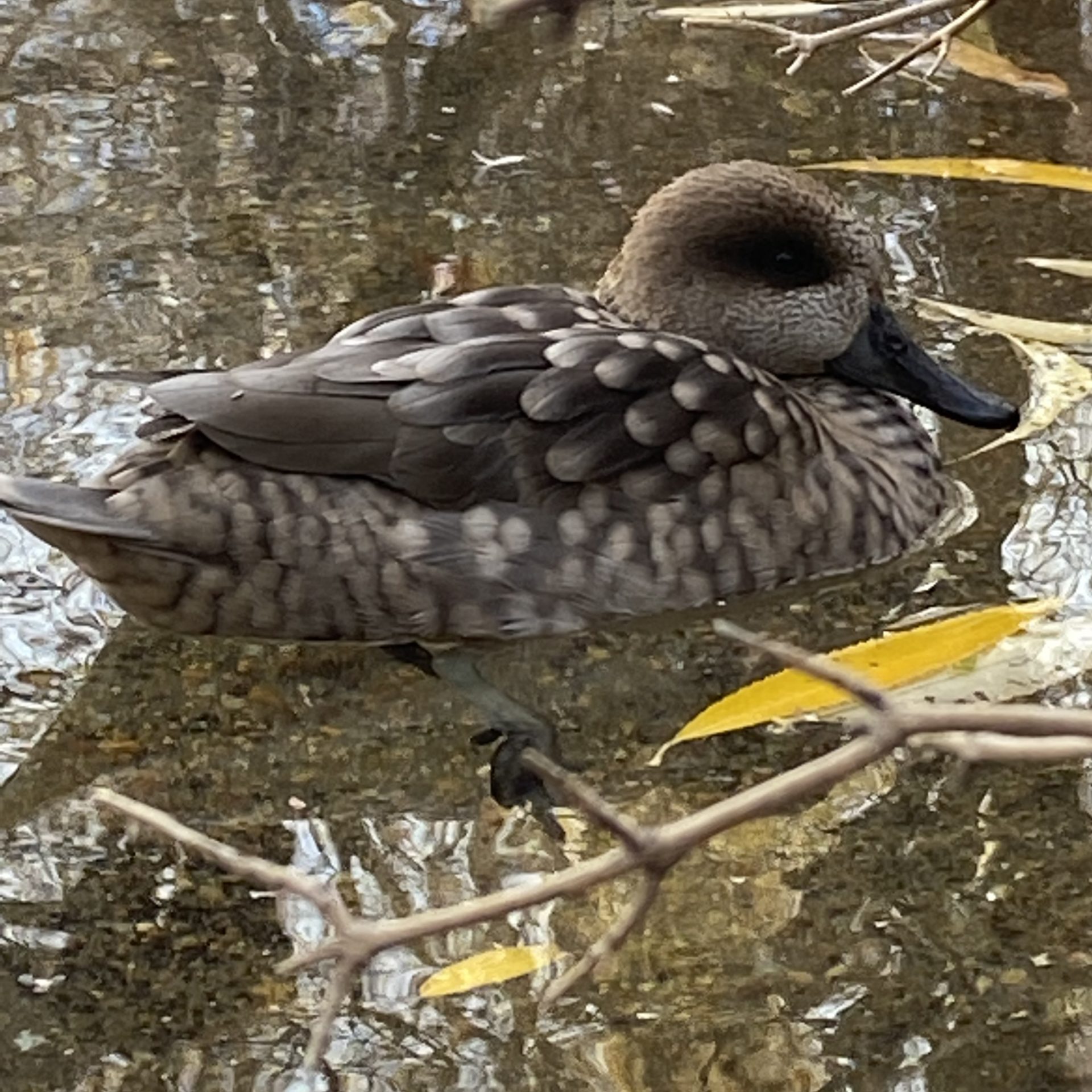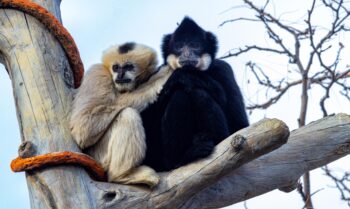November 24, 2021
Care for the Most Critical Patients
Tales from the Helen and Arthur E. Johnson Animal Hospital ICU
Birds are among nature’s most high-stress animals. Most birds are a prey species, so they’re are always on guard. Birds are even adapted to hide signs of illness so they don’t look like easy pickings to a predator. But this unique adaptation makes it hard for caretakers to know when birds are sick.
And when they do get sick, things can go downhill fast. Primarily because birds unique respiratory system – which contains extra air sacs throughout their body to help them fly – also makes them susceptible to respiratory disease. On top of that, birds have extremely high metabolic rates. So even a day of not eating can very quickly lead to low blood sugar and dehydration.
With these risk factors, when caretakers realize a bird is sick, it is often critically ill and needs immediate medical care.
Denver Zoo’s Helen and Arthur E. Johnson Animal Hospital, which opened earlier this year, gives our world-class veterinary team the best tools in the biz for bird care.
Sick birds are treated in our Small Animal Intensive Care Unit (ICU), which has everything we need to care for critical patients - such as individual units that are temperature and humidity-controlled so the patient can be housed in the most comfortable conditions. Each unit is equipped with supplemental oxygen - which helps patients under respiratory distress - and a camera that allows for continuous monitoring. Remember, sick animals try to hide their illness so we can better understand their condition when they don’t know they’re being monitored.
The Small Animal ICU has housed 14 patients to date of which over 80% of them are - you guessed it - birds!
Bruce Lee

Bruce Lee, a rainbow lorikeet, was hospitalized for two days when keepers noted that he was suddenly fluffed and lethargic. He was found to have cloacitis (impaction and inflammation of his cloaca or vent). He received oxygen and temperature support and was gently handled twice daily for fluids and medicine until he was strong enough to rejoin his flock at Lorikeet Adventure.
Kung Pao

Our bird patient with the longest ICU stay was marbled teal, Kung Pao (so named for her “spicy” disposition). This young duck was found with a fractured right leg. Kung Pao had surgery to repair the broken bone with an external fixator. Post operatively she stayed in the ICU for a month to recover. That helped to limit the spunky duckling’s activity while she was treated with pain medication and antibiotics, and underwent regular bandage changes. With all the care and love shown little Kung Pao, her fracture fully healed and she is currently thriving in our Primate Panorama Forest Aviary.
Denver Zoo is home to more than 3,000 animals representing over 500 species, many of which will need in-house hospital care at some point during their lives. Denver Zoo’s veterinary team practices the highest level of veterinary medicine and will be there when our animals need them.
With the opening of the Helen and Arthur E. Johnson Animal Hospital we are so pleased to share this state-of-the-art team, facility, and equipment – all previously behind the scenes – with our guests. On your next trip to Denver Zoo don’t forget to visit the Schlessman Visitor and Guest Education Center at the animal hospital for a peek into zoo veterinary medicine - who knows, you may just see the next ICU patient.
Much of our critical care equipment is thanks to a generous grant from the Institute for Museum and Library Services, enabling us to provide the best care for the zoo’s critical patients.
Subscribe
Be among the first to hear the latest animal updates, important stories and details about all the fun happening around Denver Zoo.
Tags
-
 April 15, 2024
April 15, 2024Good Luck, Chuck!
Good Luck, Chuck! Beloved Bachelor Relocating as Part of Asian Elephant Species Survival Plan In a heartfelt and collaborative…
-
 April 15, 2024
April 15, 2024African Impact
African Impact Two New African Field Conservation ProgramsAim to Protect Gorillas + Grey Crowned Cranes We're honored to provide…
-
 March 1, 2024
March 1, 2024Last Place(s) on Earth
Last Place(s) on Earth New Asian Field Conservation Programs Protect Asian Elephants, Sumatran Orangutans + more Indonesia's Leuser Ecosystem…

